Welcome to Republic of Belarus
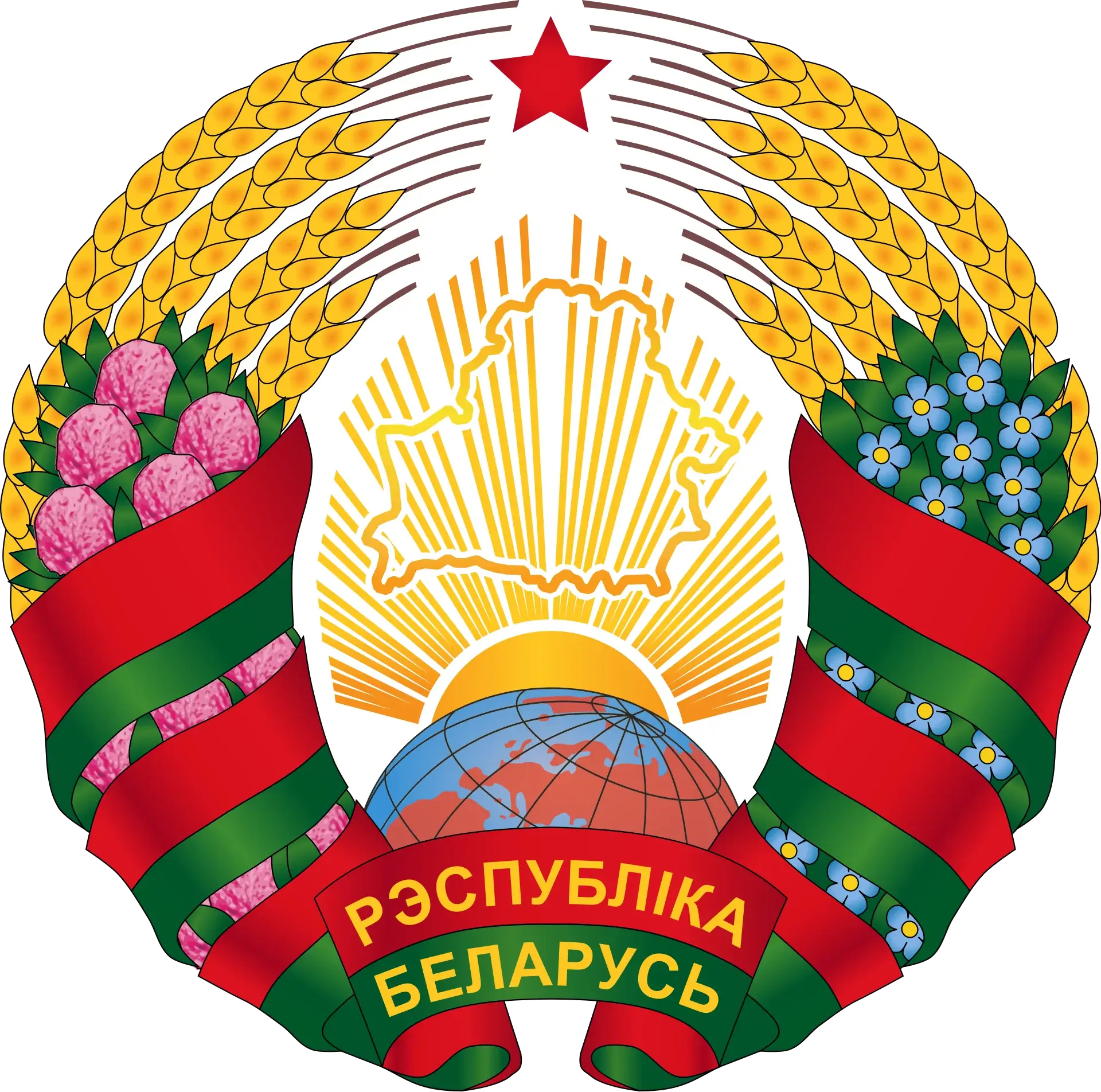
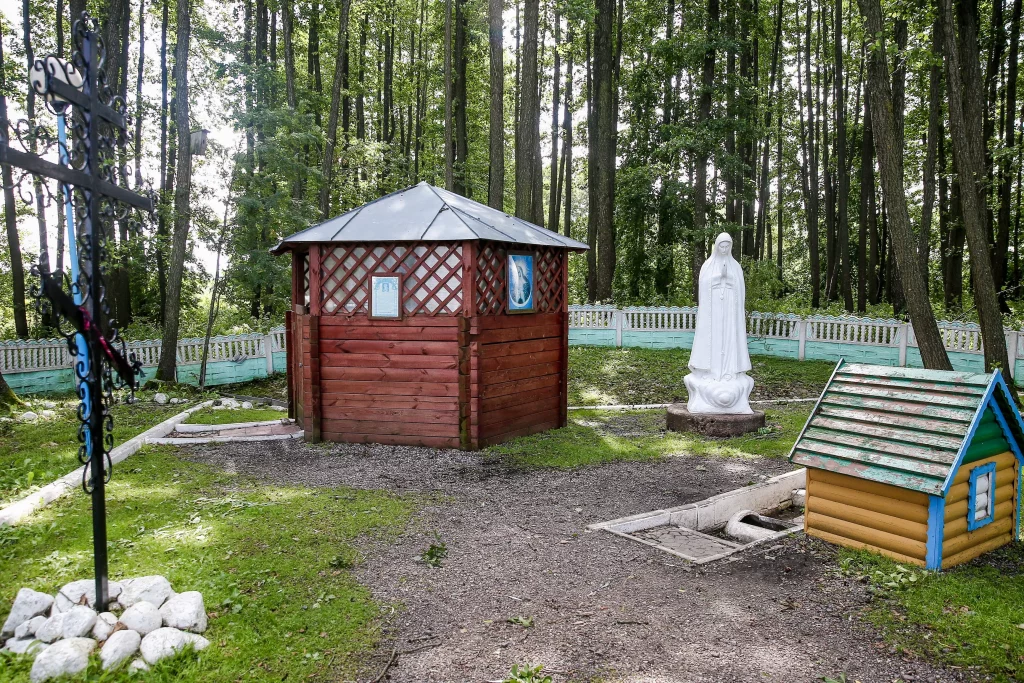
Spring and font in the village of Pokrashevo
A few hundred meters from the village, a spring of the purest water flows directly from the ground. “Pokrashevo spring” accepts everyone who wants to drink or swim in the purest natural water. The crosses at the spring and the spring itself are consecrated by Orthodox and Catholic priests. From that moment on, the spring...
Read more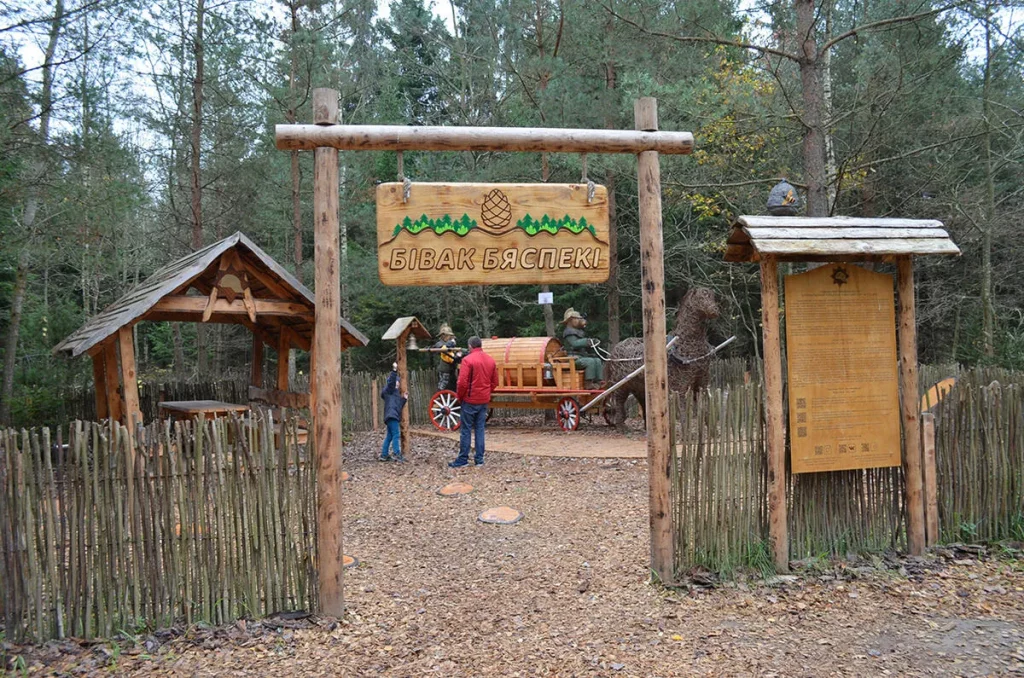
“The magical world of the Zavitansky forest”
An ecological trail a few kilometers from Nesvizh will help you learn about the animal and plant world of Belarus, learn to navigate in the forest, pass an obstacle course and just have a wonderful family vacation. Here they offer to find a way out in the maze, overcome the path of obstacles, pass tests...
Read more
Abandoned mill
The Folvarok Pogost belonged to Dominik Radziwill, then representatives of the old German count family of Wittgenstein lived here. One of them in 1842 mentioned a watermill in the Churchyard during the inventory of property. In 1902, Mr. Gershenson laid a brick mill, which produced the first flour in 1908. Near the mill there was...
Read more
Church of the Nativity of the Blessed Virgin Mary
It was built in the 70s of the XVIII century on the site of a wooden church, its founder was Anthony Tadeusz Przezdetsky. The whimsically curved facade of the church in the late Baroque style is crowned with a bell tower and small turrets on the sides.
Read more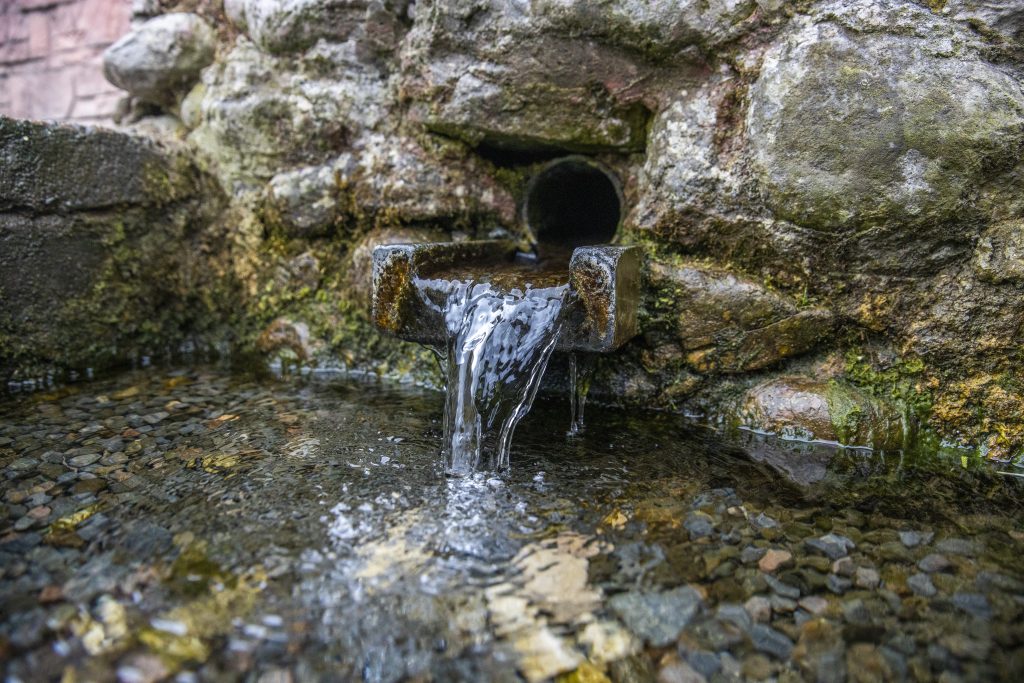
Krinichnaya water
There is a small spring at the foot of the Castle Hill. Both in winter and in summer, the water temperature is 7 ° C. According to the analysis of experts, the water from the spring is highly mineralized, slightly alkaline, has a high content of silicon. There are eight chemical trace elements in krinich...
Read more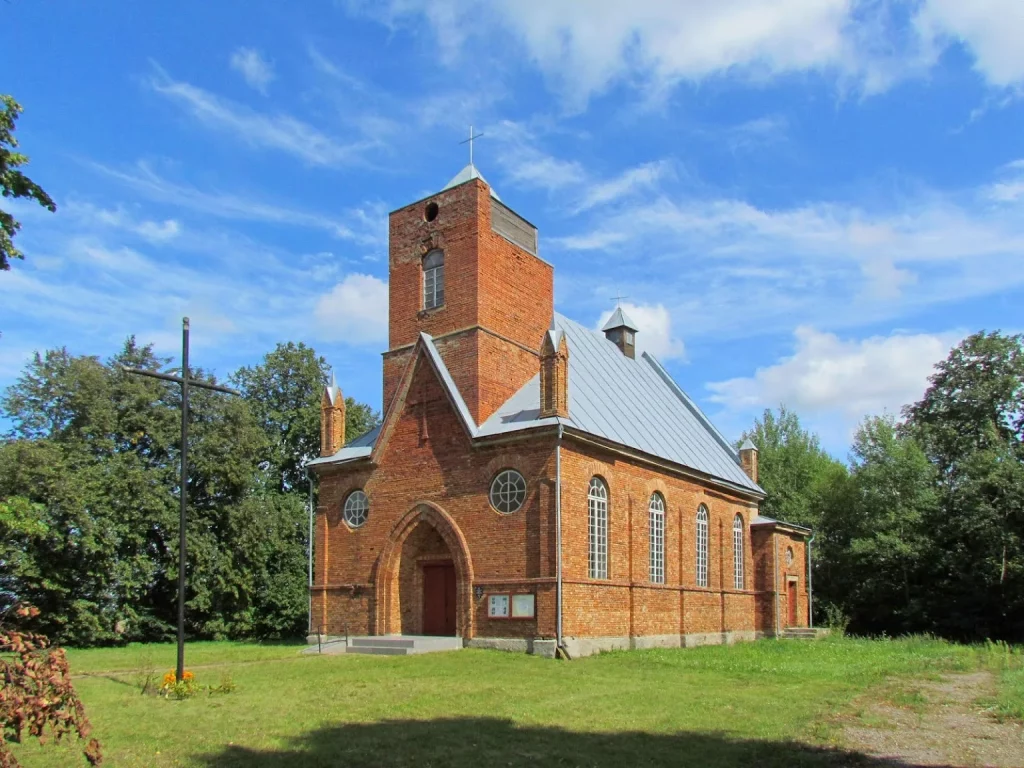
Holy Cross Church
The Church of the Exaltation of the Holy Cross was built in 1933 in the style of Belarusian Neo-Gothic architecture of the early XX century in the village of Nagornoye. Today, the church is included in the State List of Historical and Cultural Values of the Republic of Belarus.
Read more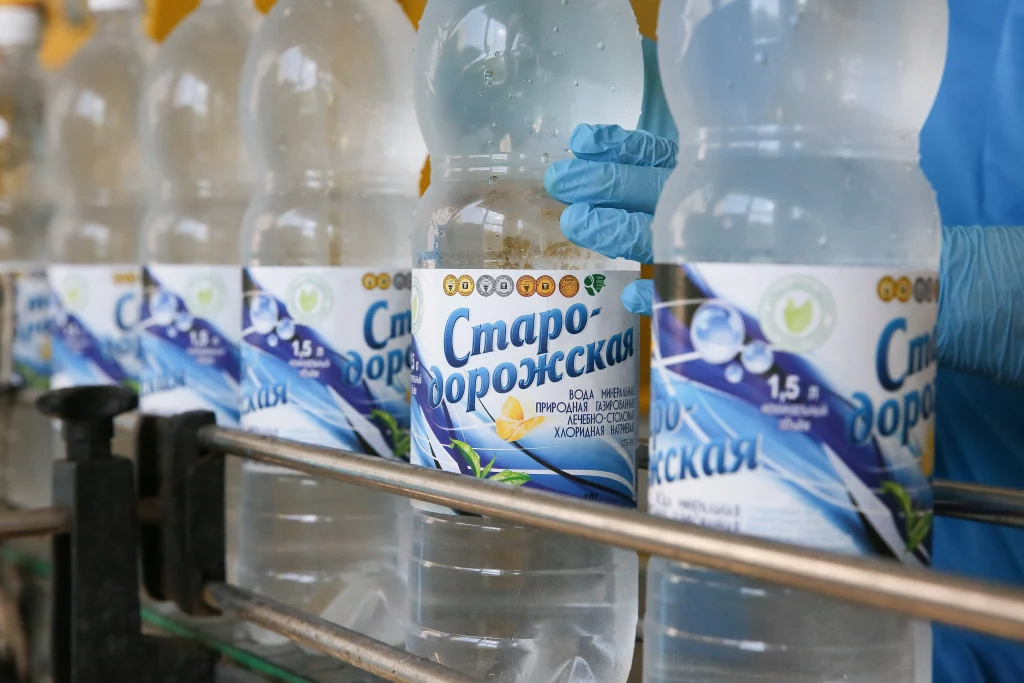
Starodorozhskaya mineral water»
The unique mineral water “Starodorozhskaya” has many advantages – moderate carbonation, a pronounced fine taste and a mild aftertaste. The advantage of “Starodorozhskaya” is its naturalness. All natural ingredients are preserved in the water. Water can be used as a table drink, and as prescribed by a doctor for diseases of the gastrointestinal tract, liver...
Read more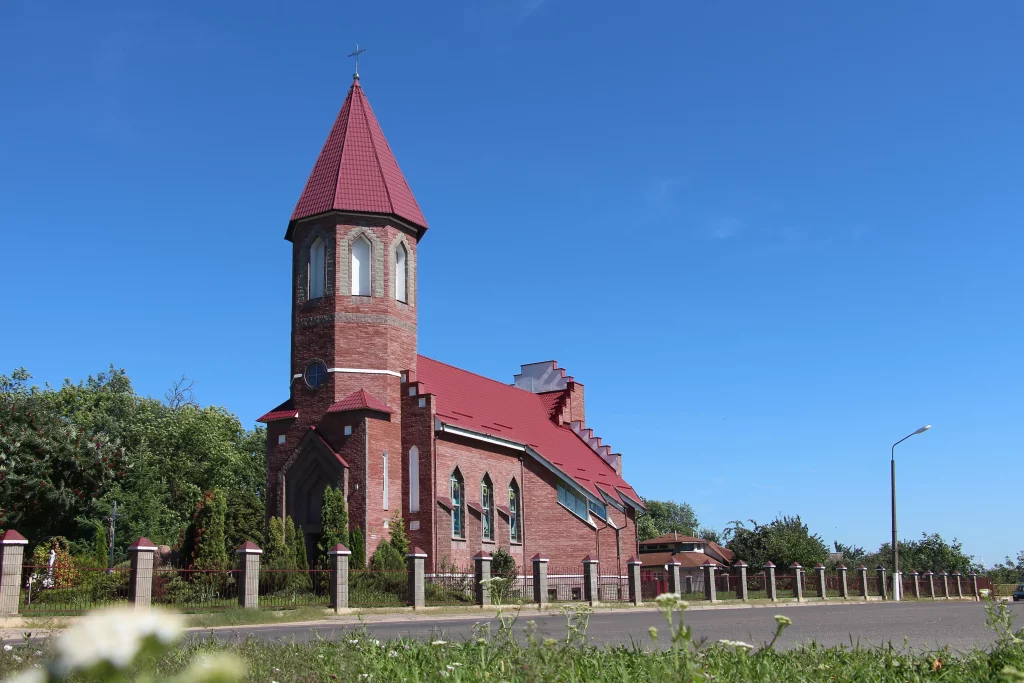
Trinity Church
The church was first mentioned in 1450. Already at the beginning of the 17th century, the temple was painted on an engraving of a Dumpling created by Tomasz Makowski. At the beginning of the 18th century, the church was plundered by the Swedes, in 1810 it burned, but it was restored at the expense of...
Read more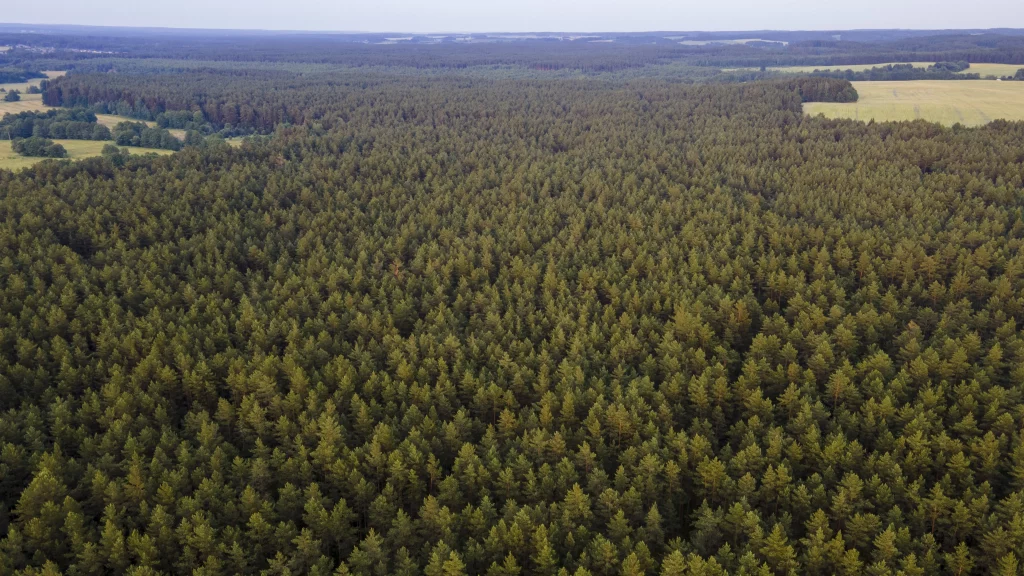
Naliboki forest
Naliboki forest is the largest forest area on the territory of Belarus, its name comes from the nearby village of Naliboki. There is a republican landscape reserve, it covers an area of almost 87 thousand hectares. In addition to a large network of farmsteads, bicycle routes and eco-trails are equipped for tourists here. There are...
Read more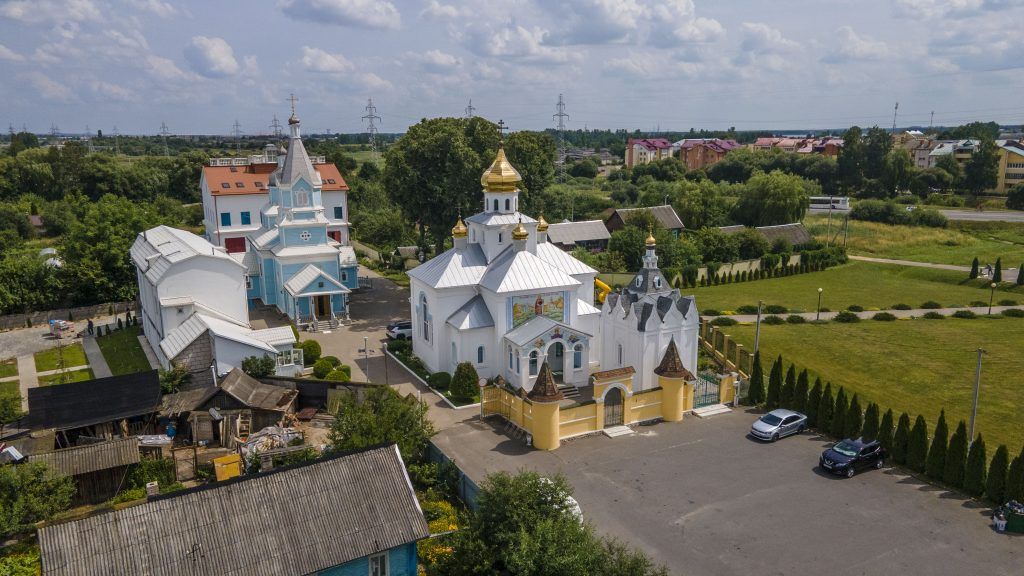
Church of the Intercession of the Most Holy Theotokos
This is the oldest Orthodox shrine of the Soligorsky district, the temple was built in 1795. The church building is an example of ancient wooden architecture. For more than two hundred years of history, the Holy Intercession Church has survived fires, wars, occupation, but the wooden building has survived, and the church still unites the...
Read more